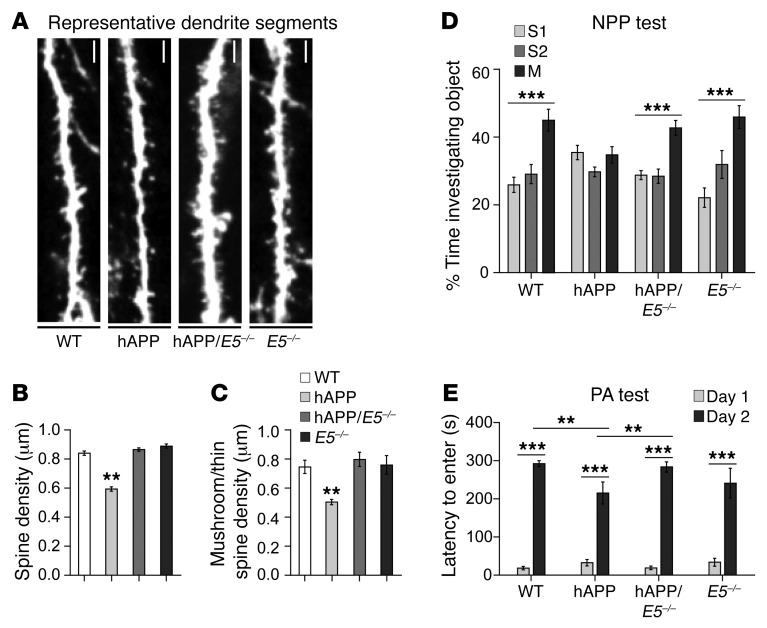Figure 2. Removal of Ephexin5 prevents hippocampal spine density abnormalities and cognitive deficits in hAPP mice.
(A) Representative dendrite segments from WT, hAPP, hAPP/E5–/–, and E5–/– DG. Scale bars: 2 μm. (B) DG total spine density. (C) DG mushroom/thin spine density. (A–C) n = 3/genotype. (B and C) **P < 0.007, by 1-way ANOVA with Tukey’s correction. (D) Object investigation in the NPP test for 2.5- to 4-month-old mice. Shown is the percentage of time spent investigating each object. The time spent with an individual object was divided by the total time spent investigating all objects and multiplied by 100. WT (n = 12), hAPP (n = 11), hAPP/E5–/– (n = 16), and E5–/– (n = 9) mice were tested. (E) Latency for 6- to 8-month-old mice to enter the shock arena on days 1 and 2. WT (n = 14), hAPP (n = 18), hAPP/E5–/– (n = 12), and E5–/– (n = 9) mice were tested. Data represent the mean ± SEM. (D and E) **P < 0.05 and ***P < 0.0001. Analysis of the NPP test was performed by 1-way ANOVA with a Kruskal-Wallis correction, since the data were not normally distributed. Comparisons for the PA test were made using 2-way ANOVA with a Holm-Sidak correction.

